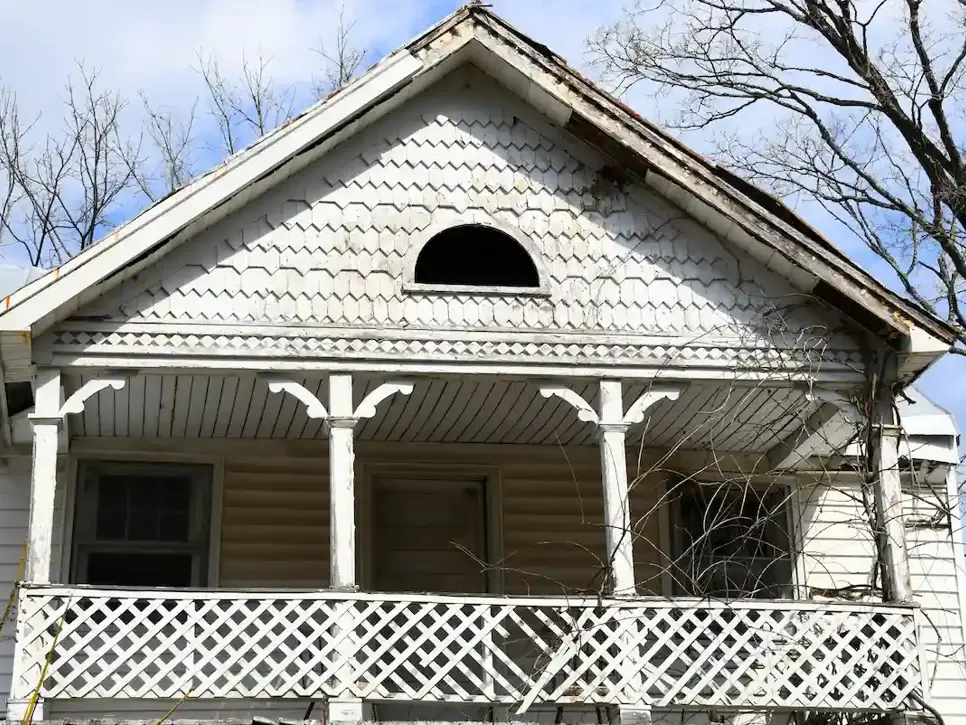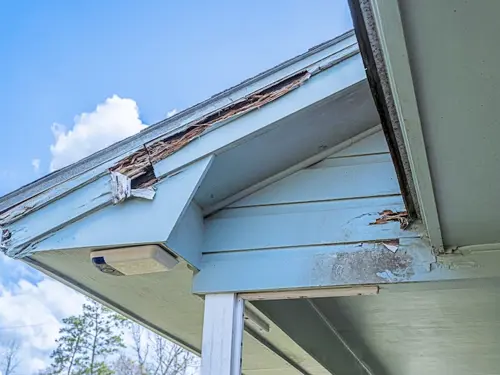
Selling your home can be stressful, especially when you’re faced with expensive repairs. From fixing a leaky roof to upgrading outdated plumbing, the costs can add up fast. But what if you didn’t have to deal with any of that?
Instead of pouring money into repairs, you could sell your home as-is and avoid the hassle altogether. It’s a faster, simpler option that many homeowners are now choosing– and it might just be the best choice for you, too.
Understanding the Real Cost of Home Repairs Before Selling
Before putting your house on the market, you need to understand the true cost of repairs. Many sellers underestimate just how much time, effort, and money is required to make a home market-ready.
Breaking Down the Average Cost of Home Repairs
Let’s take a look at some of the most common repairs homeowners face before selling.
-
Roof Repairs or Replacement: $3,000 – $25,000
-
Roofs are essential to the integrity of your home, and potential buyers often pay close attention to their condition. Minor repairs might cost a few thousand dollars, but a full roof replacement can easily reach $25,000, depending on materials and the size of the house.
-
Gutter Replacement: $3 to $8 per linear foot
-
Gutters are key for preventing water damage, but replacing them can become pricey, especially if there’s extensive wear or sagging. On average, homeowners in Wisconsin may spend several hundred to a few thousand dollars, depending on the length of the gutters.
-
HVAC System Replacement: $4,000 – $10,000
-
Heating and cooling systems are crucial in Wisconsin's climate. If your HVAC system is outdated or malfunctioning, you could be looking at a replacement cost ranging from $4,000 to $10,000, depending on the size and type of unit.
-
Plumbing Issues: $400 – $18,000
-
Plumbing repairs can range from minor fixes to major overhauls, from fixing leaky faucets to addressing serious problems like broken pipes or sewer line damage. Larger issues, like mainline replacements, can cost as much as $18,000.
-
Cosmetic Updates: Up to $4,000
-
Simple cosmetic updates like repainting, replacing light fixtures, or refinishing floors can make a big difference in attracting buyers. While these changes may seem small, they can cost up to $4,000, depending on the work needed.
-
Landscaping and Curb Appeal: $2,500 – $12,000
-
First impressions matter, so investing in curb appeal, like trimming trees, planting flowers, or installing new walkways, can help sell your home faster. The cost varies widely, depending on the extent of the work.
And that’s just the start. Repairs often snowball, with one issue leading to another. The final bill can be shocking, especially if your home hasn’t been updated in years.
The Hidden Expenses: Average Cost of Home Inspection Repairs

Once you’ve made visible repairs, the next hurdle comes after the buyer's home inspection. This is where hidden costs can sneak up on you.
What Home Inspections Typically Uncover
Even if your home looks great on the surface, a professional home inspection might uncover unseen issues that need fixing before a sale can close. Some of the most common problems discovered during inspections include:
-
Electrical Issues: Outdated or unsafe wiring can cost several thousand dollars to update.
-
Plumbing Problems: Leaky pipes or drainage issues could require partial replacements or full overhauls.
-
Termite or Pest Damage: Pest damage isn’t always obvious at first glance, but repairs to structural damage can be costly.
-
Mold Remediation: Mold removal and prevention can be costly depending on how widespread and severe the problem is.
-
Foundation and Structural Issues: Major problems with a home’s foundation could cost tens of thousands of dollars to address.
These hidden expenses can add a significant amount to your repair bill, delaying your sale and eating into your profit. What starts as a manageable fix can quickly escalate, making selling your home as-is an attractive option.
Why Selling Your Home As-Is Can Save You Time and Money
Instead of tackling a never-ending list of repairs, selling your home as-is can save you a lot of hassle. In an as-is sale, the buyer takes the home in its current condition, without expecting you to make costly repairs or improvements.
Avoid Repair Costs and Sell Your Home for Cash
By choosing to sell as-is, you avoid the immediate out-of-pocket expenses that come with home repairs. You don’t have to worry about taking on major projects like roofing or plumbing, and you won’t be surprised by hidden issues uncovered by inspections. Many as-is buyers are real estate investors or cash buyers, which means the sale process is faster and more straightforward.
Selling as-is for cash has other advantages as well:
Quick Sales Process
Cash buyers can typically close within days or weeks, as opposed to months in a traditional sale.
No Loan Contingencies
Cash buyers don’t rely on mortgage approval, so there’s no risk of the sale falling through at the last minute.
Less Stress
You won’t have to deal with staging, open houses, or endless negotiations over repairs.
Get a Fair Cash Offer Without the Hassle of Repairs
Selling as-is is ideal if you don’t want to gamble with the unpredictable costs of home repairs. The cash offer process typically looks like this:
-
Contact a Cash Buyer: Reach out to a reputable cash buyer or investor. Many offer free, no-obligation consultations.
-
Receive an Offer: After assessing your home’s condition, the buyer will present a fair cash offer.
-
Close Quickly: If you accept the offer, the sale can close within a matter of days, saving you time and the hassle of lengthy repair negotiations.
With no need to worry about costly repairs or home inspection surprises, a cash sale can help you move on quickly while still getting a fair offer. It’s an efficient, stress-free way to sell your home on your terms.
